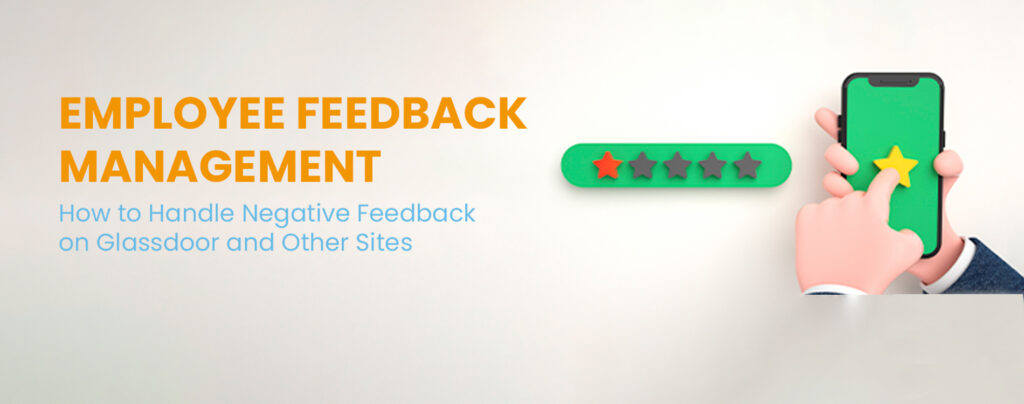Employee Advocacy today is an essential part of your corporate communications. With more and more employees taking to social media to share their thoughts on work, brands, and products – businesses must have a plan to manage these conversations. Employee Advocacy is the promotion of a company by its employees on social media and review platforms such as Glassdoor. Employee advocacy is leveraged to promote everything, organizations culture, brand, products and services or even relevant job opportunities.
In today’s social media-driven world, Employee Advocacy provides employers with a unique opportunity to extend their reach and build their brand identity through the personal networks of their employees. The reason is simple: people are far more likely to trust and engage with content from people they know. Human behavior is wired to trust people more than anything else. People will trust people more, even if you have numerous awards and recognitions. Research suggests that 52% of the people trust the employees of a company more than the brand itself.
For organizations looking to build their employer brand, Employee Advocacy provides a powerful way to connect with top talent. With social media becoming a primary channel for gathering and disseminating information, having an active set of employees, engaging, and promoting the company brand on social media can create a massive difference in the overall marketing efforts of the company. Studies have shown that employees can get up to 8X more engagement than content shared by their companies.
Studies have shown that Employee Advocacy is up to ten times more effective than traditional marketing methods. Compared to the spending on paid campaigns, if your employees start promoting the social media content of your brand, you can see a significant impact in the level of engagement and an increased follower base on social media.
The most successful Employee Advocacy programs are built on three pillars: content, community, and measurement.
Content is the foundation of any Employee Advocacy program. Employees need something to share – high-quality content that is interesting and relevant to their social networks. A mix of internal and external content will keep things fresh and engaging. Usage of videos, imagery, and employee engagement activities can engage the audience quickly and has shown a much higher engagement rate than anything else. When creating content for your Employee Advocacy program, consider using a mix of internal and external content. This will ensure that employees are more engaged and excited to see new things while sharing relevant brand, product, or culture information to their social networks.
Creating compelling content is only half the battle regarding Employee Advocacy – it is also essential to know if the employees are sharing it! You can encourage employees to share by offering incentives, such as contests or prizes. You can also create sharing guidelines that allow employees to know what type of content can be shared and on what platforms.
Community is what brings your Employee Advocacy program to life. A supportive community of like-minded employees can help inspire others to get involved. You need a platform to create and curate content which can be shared with a larger pool of employees. This enables you to curate content that the employees can then share seamlessly. There are numerous third-party platforms available for this.
Finally, measurement is essential to ensure your Employee Advocacy program achieves its goals. Set up tracking from the start to see who participates, what kind of content is being shared, and how it impacts your bottom line. There are several simple metrics you can track to gauge the success of your Employee Advocacy program. These could include an increase in the number of job applications, referral leads, increased engagement and followers on social media. These metrics will help you understand the RoI on the investment in employer advocacy and how it impacts the bottom line.
Employee Advocacy is a powerful tool for employer branding, but only if it’s done right. It also has its own set of challenges, and if you fail to put guidelines in place, it can also hurt your brand. It is essential to define the content guidelines, have a formal process of selecting and onboarding the relevant set of employee advocates and choose the right platform to ensure a seamless and engaging experience.




